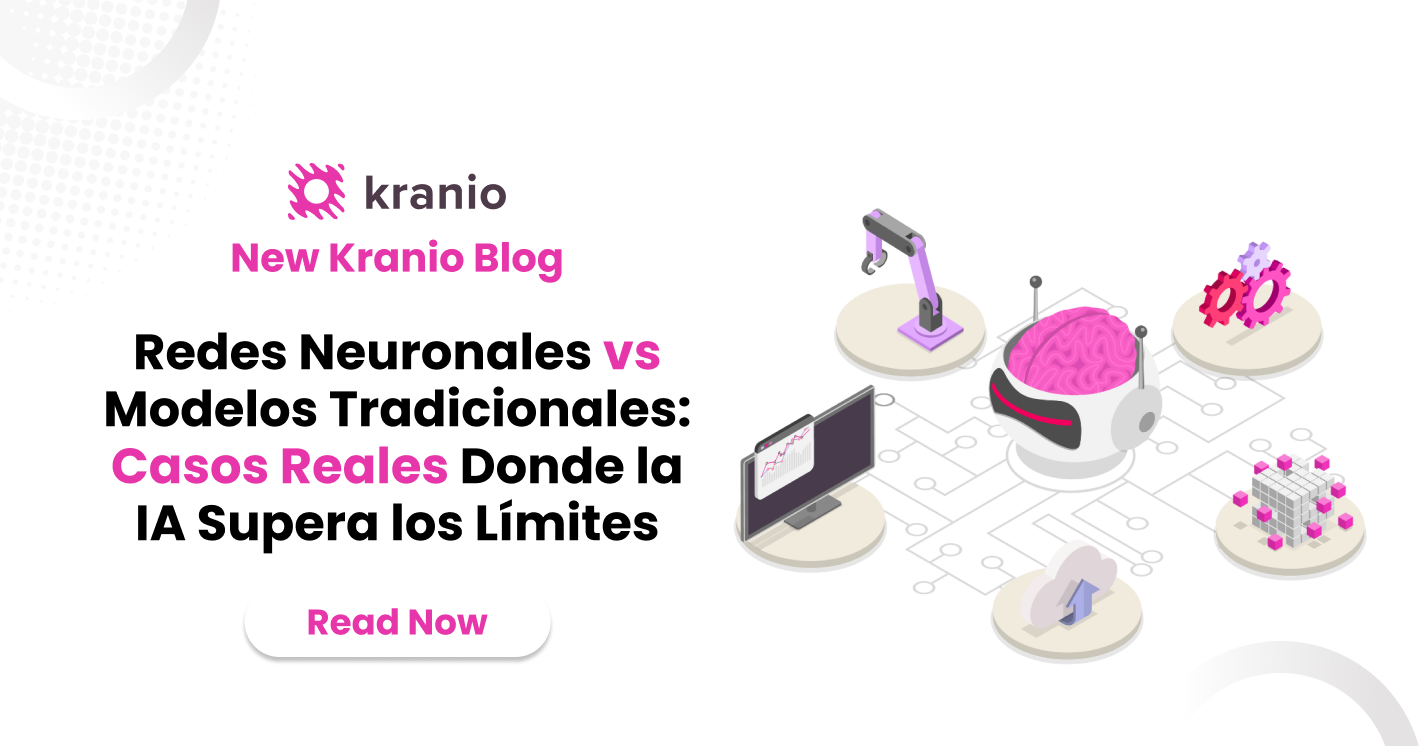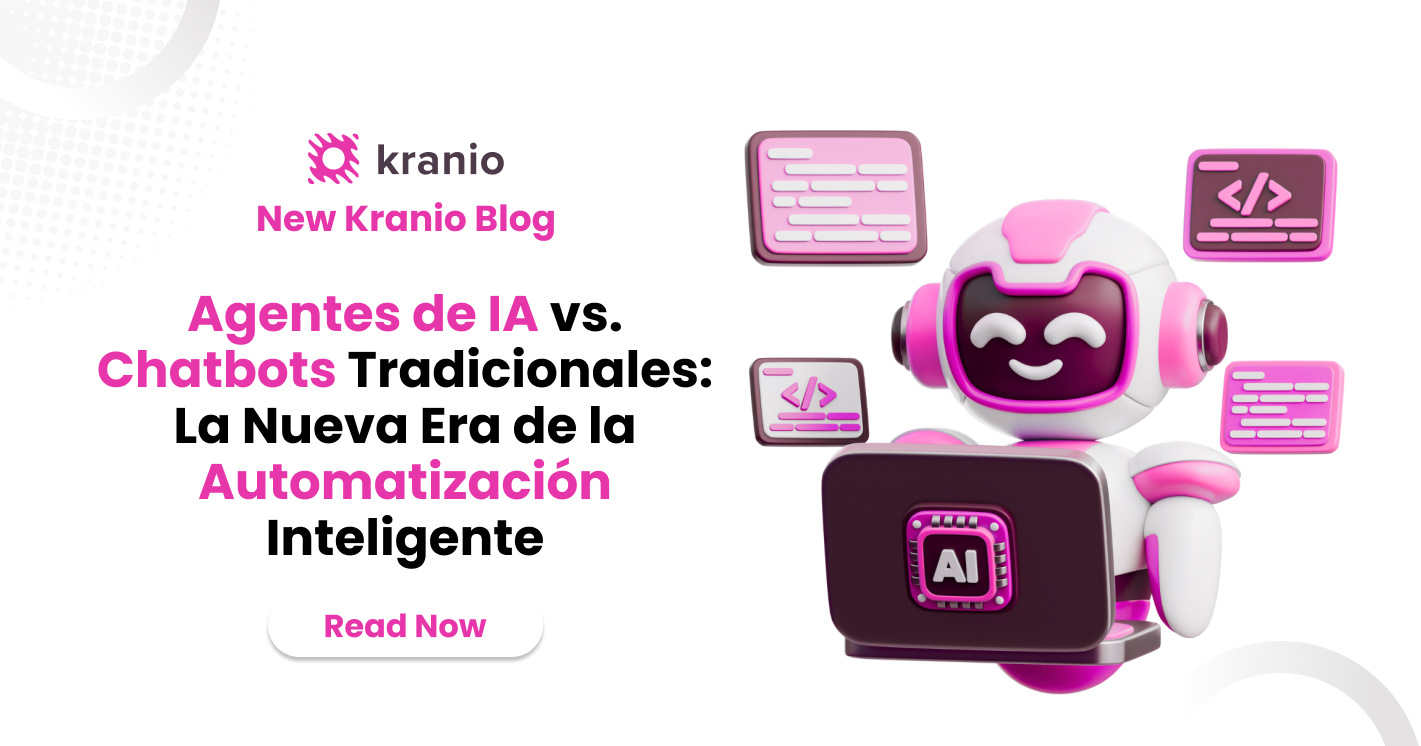In the world of Machine Learning (ML), the quality and structure of data are essential for building accurate and effective models. This is where the Extraction, Transformation and Load process, known by its acronym in English as ETL, comes into play. This process is crucial for preparing data before it can be used in ML models, ensuring that they are clean, structured and ready for analysis.
What is ETL?
ETL, which stands for Extraction, Transformation and Load, is a consolidated process that allows organizations to move data from multiple sources, reform it according to business or analytical needs, and load it into a target system for analysis and business decisions. This process is fundamental in data management and is essential to ensure that data is in a usable and accessible format, especially in data analysis and Machine Learning.
Components of the ETL Process
- Pullout: This is the first step where data is collected or extracted from heterogeneous data sources. The sources can be databases, CSV files, real-time sensor data, APIs, and more. The goal is to capture a large amount of raw data in its original format without losing information.
- Transformation: Once extracted, data needs to be transformed. This can include a variety of processes such as cleaning (removing or correcting erroneous data), normalization (modifying data to a standard format), standardization (converting data to a common format across the organization), and data enrichment (improving data by adding additional information). It also includes 'feature engineering', which is crucial in ML to develop features that make models more accurate and effective.
- Carga: The last step is to load this transformed data into a storage or final analysis system, such as a data warehouse, where they can be easily accessed for consultation and analysis. In the context of ML, this data is often loaded into model development environments where predictive models can be trained and validated.
Importance of ETL in Data Analysis and Machine Learning
The ETL process is critical for both traditional data analysis and Machine Learning for several reasons:
- Improved Data Quality: ETL allows you to implement data cleaning and validation rules that ensure that only high-quality data is stored and analyzed. This is crucial because poor quality data can lead to wrong insights and wrong business decisions.
- Operational Efficiency: Automating the ETL process can save an enormous amount of time and effort manipulating data, allowing analysts and data scientists to focus on analysis rather than data preparation.
- Support for Data-Based Decisions: By having clean, consistent and well-structured data, organizations can perform more complex and accurate analyses, leading to better decision-making.
- Scalability and Flexibility: ETL allows organizations to handle increases in data volume and new data sources easily, adapting to changing business needs without degrading performance.
- Preparing for ML: In Machine Learning, the quality of the model depends to a large extent on the quality of the input data. ETL is essential to ensure that the data is in the right form and is of the quality necessary to train effective models.
After understanding the importance and fundamental role of the ETL process in Machine Learning and data analysis, it is essential to delve into each of its components. Now, we'll focus on explaining the first critical step of ETL, data extraction.
ETL Step 1: Data Extraction
The first step in the ETL process, data extraction, is critical because it establishes the basis for all the analysis and modeling work that follows. During this phase, data is collected from its original sources, which can be varied and in multiple formats. The quality and accuracy of the data extracted here significantly influence the transformation and loading stages.
What Does Data Extraction Involve?
Data extraction involves collecting data from disparate and often unstructured sources. These may include:
- Databases: Like SQL Server, Oracle, or NoSQL databases like MongoDB.
- Flat files: Such as CSV, XML or JSON that can store data in a structured or semi-structured format.
- Web services and APIs: Online sources that provide dynamic data through HTTP requests.
- Corporate file systems: Where documents, reports, and records are stored.
- Real-time data sources: Like IoT sensors, which provide continuous flows of data.
Considerations for Effective Extraction
- Understanding the Data Source: Before starting the extraction, it's crucial to understand the structure, schema, and types of data available in the data sources. This will help determine the most appropriate extraction method.
- Extraction Methods: Depending on the source, extraction methods may vary. For example: some text
- Direct Extraction: Where data is read directly from the source without any changes. This method is common when data sources are well structured and clean.
- Extraction using Queries: Used for databases where you can execute SQL queries to select only the necessary data.
- API extraction: It involves making requests to web APIs that return data, often in JSON or XML format.
- Common Challenges:some text
- Data Inconsistency: Data sources may have inconsistencies in formats or types of data, which can complicate extraction.
- Data Volume: The large volume of data can result in performance challenges during extraction. It's critical to design an extraction process that can handle large volumes efficiently.
- Security and Privacy: When extracting data, especially from external sources, it is crucial to consider the security of data transfer.
Let's say we're working on a sentiment analysis project for online product reviews. The data is stored in an SQL database and is also collected through an API that collects reviews from social networks.
- From the SQL Database: We could use an SQL query to extract reviews from the last year, selecting only relevant fields such as date, review, and rating.
- From the API: We make periodic requests to the API to obtain the latest published reviews, ensuring that we authenticate our requests and correctly handle the API rate limits.
In both cases, the data is extracted taking into account the relevance for the analysis (last year of data, specific fields) and it is ensured that the data is extracted in a safe and efficient manner.
We can also imagine the data extraction process as a series of pipes connecting various data sources to a central repository. Each pipeline represents a flow of data from a specific source—databases, files, APIS—to a system that stores them for subsequent transformation.

Data Extraction Techniques and Tools
The process of extracting data in an ETL environment is critical to ensuring that the data is available for subsequent analysis and decisions. The techniques and tools used vary widely depending on the data source, the volume of data, the update frequency and the specific requirements of the project. Here we'll dive into some of the most common techniques and tools used for data extraction.
Data Extraction Techniques
- Full Extraction:
Some text- When data sources are relatively small or don't change frequently, performing a full extraction can be simpler and more straightforward. Full extraction involves copying all the data from the source to the target system each time the extraction is performed.
- In scenarios where it is critical to maintain data integrity and consistency over time, such as in financial or medical reporting systems, ensuring that the target system accurately reflects the current state of the source may require regular full updating.
- Advantages: Simplifies the extraction logic, since no tracking of changes is required and ensures that the data in the target system is fully synchronized with the source.
- When data sources are relatively small or don't change frequently, performing a full extraction can be simpler and more straightforward. Full extraction involves copying all the data from the source to the target system each time the extraction is performed.
- Incremental Extraction:some text
- In large databases or in sources that change frequently, a full extraction can be impractical and consumes excessive resources both in terms of processing and bandwidth. An incremental extraction, which only captures changes since the last extract (new rows or modifications), can significantly reduce the load on network infrastructure and database systems.
- By minimizing the amount of data that needs to be transferred and processed in each ETL cycle, incremental extraction increases process efficiency, which is essential in big data environments.
- Advantages: You reduce the time and resources required for data extraction and minimize the impact on the performance of source and destination systems.
- In large databases or in sources that change frequently, a full extraction can be impractical and consumes excessive resources both in terms of processing and bandwidth. An incremental extraction, which only captures changes since the last extract (new rows or modifications), can significantly reduce the load on network infrastructure and database systems.
- Event-Based Extraction:some text
- Description: In environments where data must be updated in near real time, such as in inventory tracking or security event response systems, event-based extraction allows changes to be captured and processed immediately after they occur.
- This approach is crucial in environments where decisions must be based on the most up-to-date information possible, such as managing live operations or financial trading systems.
- Advantages: It allows almost real-time synchronization between data sources and the target system and facilitates decision-making based on the most current data available.
- Description: In environments where data must be updated in near real time, such as in inventory tracking or security event response systems, event-based extraction allows changes to be captured and processed immediately after they occur.
Data Extraction Tools
Selecting the right tool for data extraction depends on several factors, including the complexity of the data system, the amount of customization needed, and the available budget. Some of the most popular tools include:
- Business Tools: They include complete solutions that offer integrated functionalities for extracting, transforming and loading data, commonly used in business environments because of their robustness and support.
- PowerCenter Computing
- Oracle Data Integrator (ODI)
- Open Source Tools: These are tools that facilitate the extraction and processing of data, especially useful for handling large volumes of data or data flows in real time.
- Apache NiFi: For automated, real-time data management.
- Apache Kafka: Used to process and manage data streams in real time.
- Apache Spark: Offers fast processing capabilities for large data sets.
- Apache Beam: Provides a unified model for defining both batch and real-time processing flows.
- Specific Cloud Extraction: They provide data extraction services that are integrated into cloud platforms, offering scalability and easy integration with other cloud services.
- Google Cloud Platform (GCP): Includes services such as BigQuery Data Transfer Service.
- Amazon Web Services (AWS): It offers AWS Glue, which is a fully managed ETL service.
- Microsoft Azure: Use Azure Data Factory for orchestration and automation of data flows.
- Scripts and Programming Tools: Involves the use of specific programming languages and tools to create customized data extraction solutions.
- Python and R: Widely used for custom scripts with libraries such as pandas in Python and dplyr in R.
- Shell scripts: Used in Unix/Linux environments to automate data extraction tasks.
5. Web Scraping tools and APIs: These tools allow you to extract data from websites and services that offer APIs, ideal for data that is not available in structured formats or accessible through traditional databases.
- Beautiful Soup and Scrapy: Python tools for web scraping.
- APIs: Programmatic interfaces offered by many modern systems and web services.
Considerations When Choosing Extraction Tools
- Compatibility: The tool must be compatible with data sources and target systems.
- Scalability: Ability to handle growth in data volume.
- Cost: Evaluate total cost of ownership, including licensing, implementation and maintenance.
In conclusion, data extraction is a fundamental step in the ETL process, establishing the basis for success in data analysis and Machine Learning projects. This initial stage involves collecting data from a variety of sources, whether they are databases, flat files, APIs, or any other relevant source. The efficiency of extraction directly impacts the quality and usefulness of the data for subsequent transformation and loading phases.
Optimizing extraction with the right techniques and tools ensures that the data is not only accurate and complete, but also relevant and timely. Thus, well-executed extraction is crucial for maximizing the analytical potential of data and supporting informed decisions and effective business strategies.











.png)
.png)
